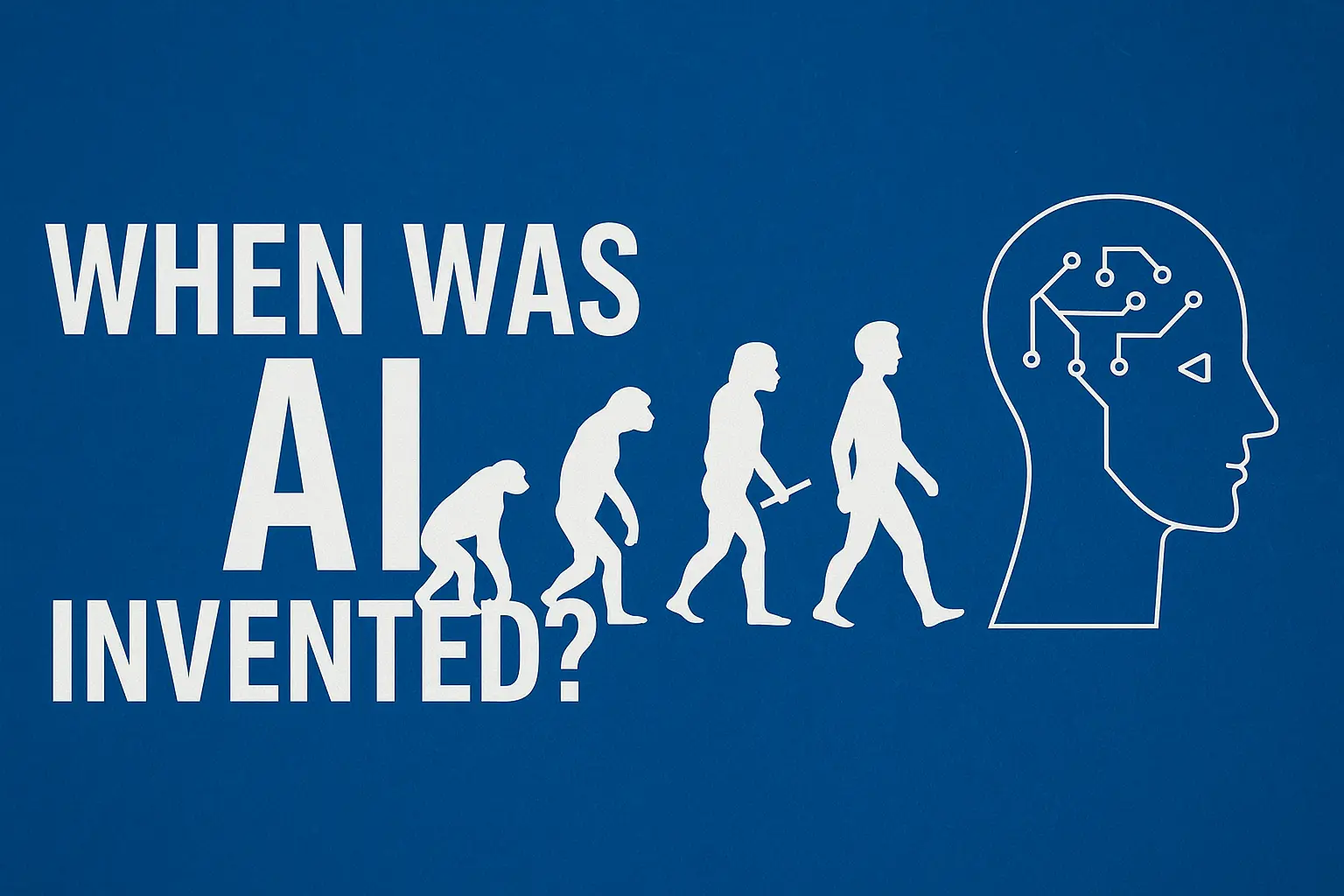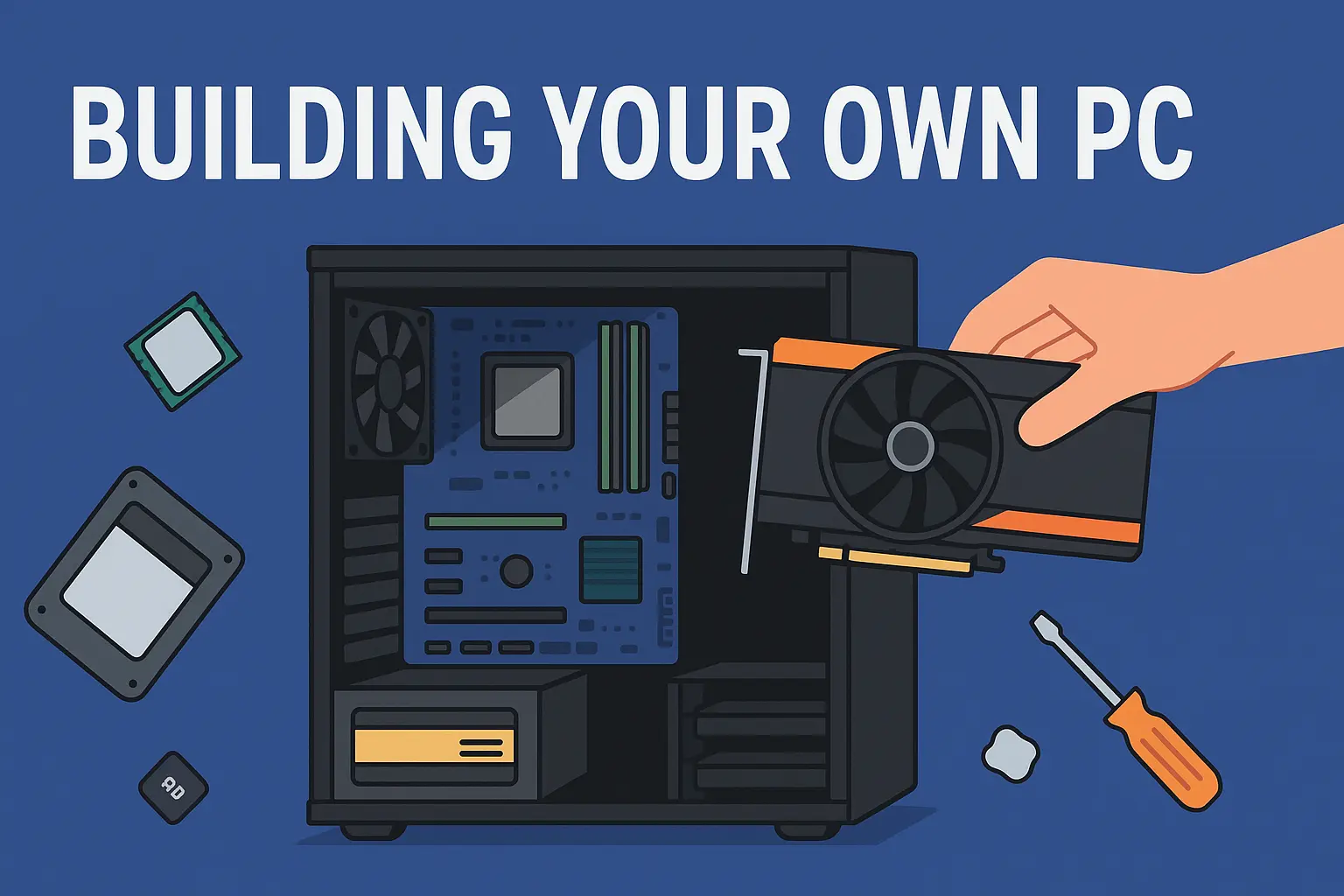Artificial Intelligence (AI) looks like a modern marvel, but its ancestry reach back much further than you might think. From the ancient myths to revolutionary breakthroughs in the computer science, the journey of AI is layered, fascinating, and far from linear. So, when exactly was AI invented? The answer depends on whether you’re asking about the idea, the term, or the actual implementation.
Let’s explore the history of AI in depth—how it began, who contributed to its foundation, and how it evolved into the powerful technology shaping our future today.
From Myths to Machines: The Earliest Ideas of AI
The desire to create intelligent machines isn’t new. Thousands of years ago, people imagined lifelike beings that could think or act on their own. Ancient Greek myths spoke of Talos, a bronze automaton who guarded Crete, and in Chinese folklore, mechanical servants made appearances centuries before the invention of electricity.
But while these stories were imaginary, they reflect early human fascination with replicating intelligence. The philosophical groundwork for AI began to form in the 17th and 18th centuries, with thinkers like Gottfried Wilhelm Leibniz (who envisioned a universal language of logic) and Thomas Bayes (who laid the foundation for probabilistic reasoning). These ideas, although theoretical, would later become critical to AI development.
The Conceptual Spark: Alan Turing and the 1940s
AI as a scientific concept began to take shape in the mid-20th century. In 1950, British mathematician Alan Turing published his famous paper “Computing Machinery and Intelligence”, where he posed the question: “Can machines think?”
Turing proposed the Turing Test—an experiment to determine whether a machine’s behavior could be indistinguishable from that of a human. His work laid the intellectual foundation for machine learning and inspired a generation of researchers to explore artificial thinking.
The Birth of AI as a Field: Dartmouth, 1956
While Turing ignited the idea, AI was officially “born” in 1956. That summer, a group of scientists—including John McCarthy, Marvin Minsky, Claude Shannon, and Nathaniel Rochester—gathered at Dartmouth College in the U.S. for a research project.
It was here that McCarthy coined the term “Artificial Intelligence.” Their goal was ambitious: to figure out how to make machines simulate intelligence like humans. This event marked the start of AI as a recognized academic and technological discipline.
First AI Programs: Early Milestones in the 1950s
Shortly after Dartmouth, AI saw its first real programs:
- Logic Theorist (1956): Created by Allen Newell, Herbert Simon, and Clifford Shaw, this was the first software program to mimic human problem-solving. It proved mathematical theorems—something only humans had done until then.
- Arthur Samuel’s Checkers Program (1952–1959): Developed at IBM, it was the first AI system to learn from experience, beating amateur human players at checkers.
- Perceptron (1958): An early neural network model developed by Frank Rosenblatt, it attempted to mimic how human neurons work. It was simple but revolutionary for the time.
The Rise of AI Tools and Languages (Late 1950s–1960s)
In these formative years, key AI infrastructure also began to develop:
- LISP (1958): Created by McCarthy, this programming language became the backbone of AI development for decades.
- ELIZA (1966): A program that mimicked a therapist, marking one of the first human-computer conversations.
- Shakey the Robot (late 1960s): The first robot to combine perception, movement, and decision-making, built by Stanford Research Institute.
These developments marked the transition from theoretical work to real-world applications.
AI Winters and Revivals (1970s–1980s)
Despite early excitement, progress in AI slowed in the 1970s and again in the late 1980s. These periods, known as “AI winters,” were caused by:
- Overhyped expectations that technology couldn’t yet meet
- Limited computing power
- Lack of funding and interest from governments and companies
But breakthroughs kept coming. In 1986, the rediscovery of backpropagation (a method to train neural networks) reignited interest. AI began to slowly recover, setting the stage for future growth.
Modern AI: From Deep Blue to Generative Models (1990s–Today)
The 1990s and 2000s marked a period of steady growth. Some major milestones include:
- Deep Blue (1997): IBM’s chess-playing system that defeated world champion Garry Kasparov.
- Watson (2011): Another IBM creation, it won the quiz show Jeopardy! against top human players.
- Deep Learning Boom (2012–present): Techniques like convolutional neural networks (CNNs) and transformers allowed machines to excel at image recognition, speech generation, and natural language understanding.
- Generative AI (2022–): With tools like ChatGPT, Google Gemini, and DALL·E, AI can now generate realistic text, images, and even video.
These developments transformed AI from a niche field into a core driver of innovation across industries.
Key Dates at a Glance: When Was AI Invented?
Here’s a quick timeline of important milestones:
- 1950 – Turing proposes the idea of machine intelligence
- 1952 – Samuel’s checkers program begins learning from experience
- 1956 – Term “Artificial Intelligence” coined at Dartmouth workshop
- 1956 – Logic Theorist becomes first AI program
- 1958 – Perceptron and LISP developed
- 1966 – ELIZA, first chatbot, is released
- 1986 – Neural network training breakthrough with backpropagation
- 1997 – Deep Blue defeats world chess champion
- 2012 – Deep learning revolution begins
- 2022–2025 – Generative AI reshapes how we create content
So, AI was formally invented in 1956, but its roots go back to earlier visions, theories, and innovations.
Why “When Was AI Invented?” Isn’t a Simple Question
Asking when AI was invented is like asking when language was invented—it depends on how you define it. The idea of AI has ancient roots, the concept took shape in the 1940s–50s, and practical programs began emerging in the mid-1950s.
AI has evolved through many forms: from expert systems to neural networks, from symbolic reasoning to self-learning algorithms. Today’s AI is not a single invention, but a continuum of breakthroughs built over decades.
Conclusion
AI wasn’t created overnight. It emerged from centuries of philosophical thought, decades of scientific research, and relentless human curiosity. While 1956 is the widely accepted “birth” of artificial intelligence as a field, the story is far richer—and far from over.
What do you think the next milestone in AI will be? Drop your thoughts in the comments and join the conversation on the future of intelligence.






Leave a Reply